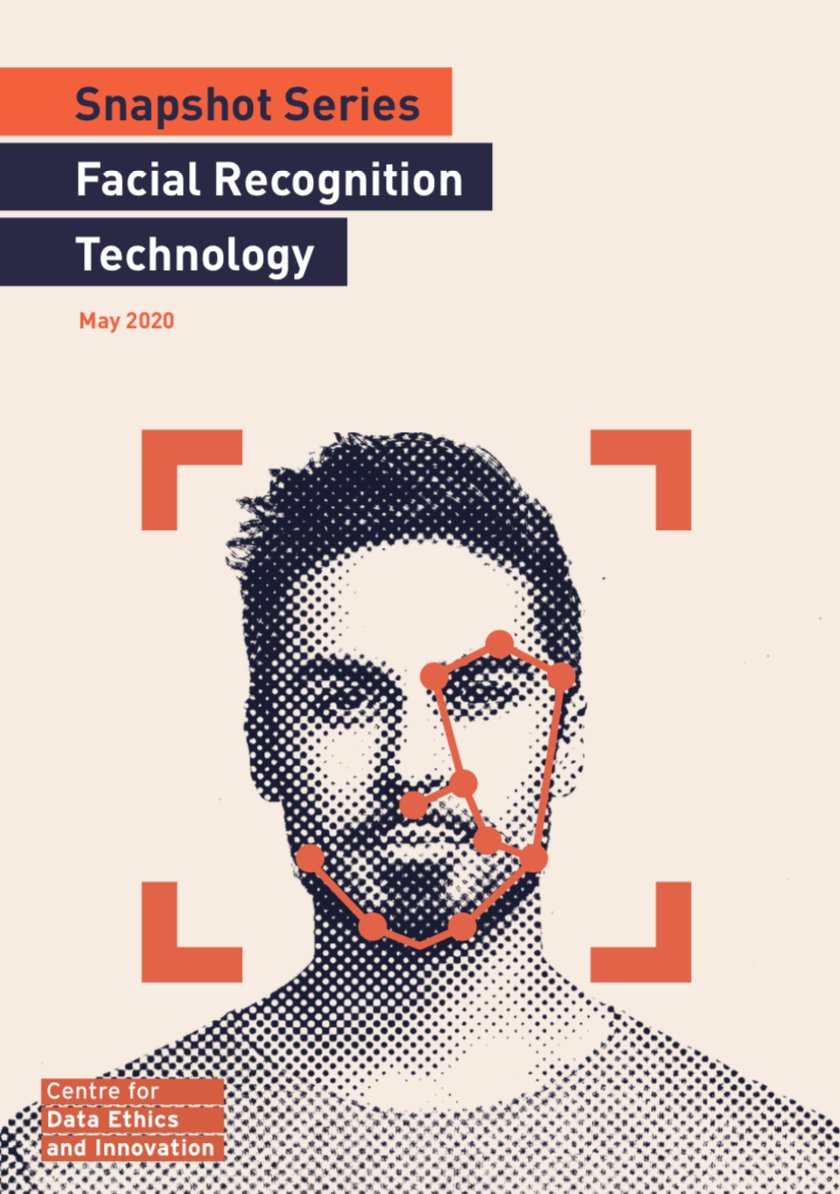1/9 NEW PUBLICATION: Today we’ve published a Snapshot briefing paper on facial recognition technology (FRT). Based on interviews with experts from across civil society and industry, it seeks to clarify the societal implications of this technology: https://bit.ly/3cdZNlU ">https://bit.ly/3cdZNlU&q...
2/9 FRT is a versatile technology. A key distinction is between systems that verify people’s identity (e.g. to unlock phones) and those that identify people in a crowd (e.g. to spot missing persons). Some systems are fully automated, while others have humans in the loop.
3/9 FRT systems have the potential to improve public safety and enhance secure access to a range of services, from social security to banking apps. Yet they also pose risks to privacy and fair treatment, and may place a disproportionate amount of power in the hands of operators.
4/9 FRT systems are neither universally beneficial or harmful. The degree to which a system is detrimental to society depends on how it is trained, how watchlists are compiled, and how the results are interpreted. FRT’s hazards do not always translate into harms.
5/9 Contrary to popular belief, FRT is not unregulated. It is governed by several laws, including the Data Protection Act and Humans Rights Act (public sector use only). However, there is no standalone code of conduct to help users interpret what these laws allow vs. prohibit.
6/9 The use of FRT in the private sector warrants closer scrutiny. Several retailers and property developers now use this technology but are subject to significantly less oversight than law enforcement agencies. There are also fewer research studies in this domain.
7/9 Policymakers and regulators must grapple with outstanding questions, inc. how to meaningfully involve the public in decision-making (without crowding out the views of minority groups) and how to ensure governance measures keep pace with developments in other biometric types.
8/9 These questions will take time to answer, but there is much that can be done today to strengthen oversight of FRT. At a minimum, we expect police forces and others to disclose how they use this technology, inc. where it is deployed and how watchlists are compiled.
9/9 @CDEIUK will continue to examine this technology to ensure it serves society’s best interests. We are particularly interested in how and where it is being deployed in the private sector, and what role it could play in COVID-19 response efforts.

 Read on Twitter
Read on Twitter


